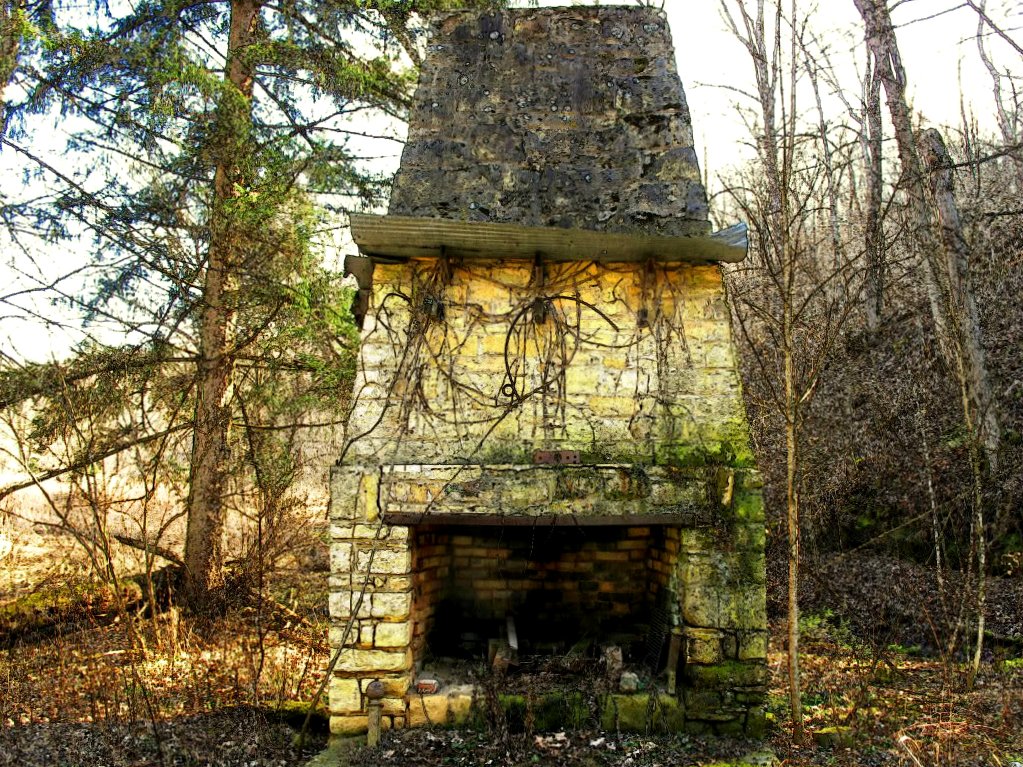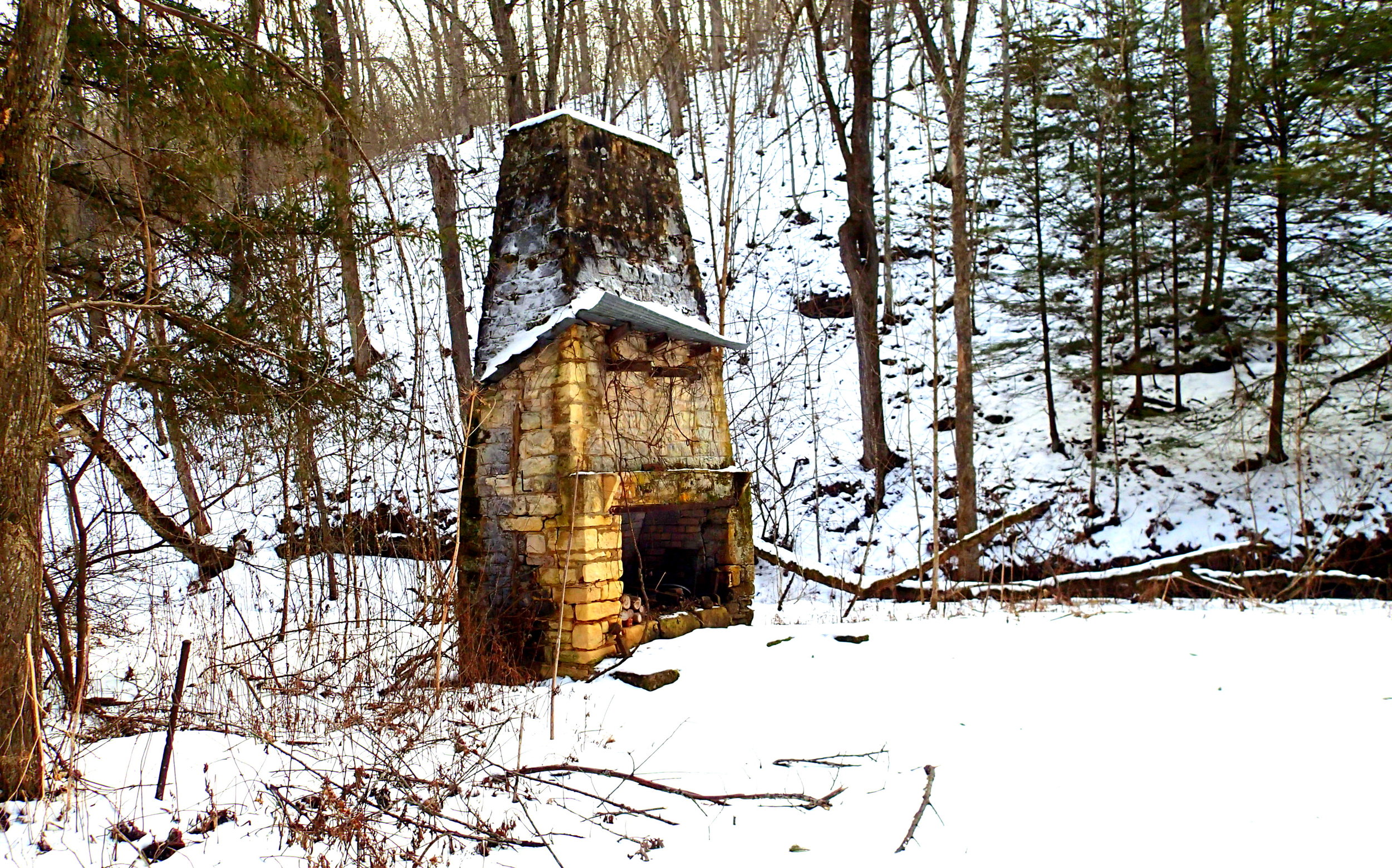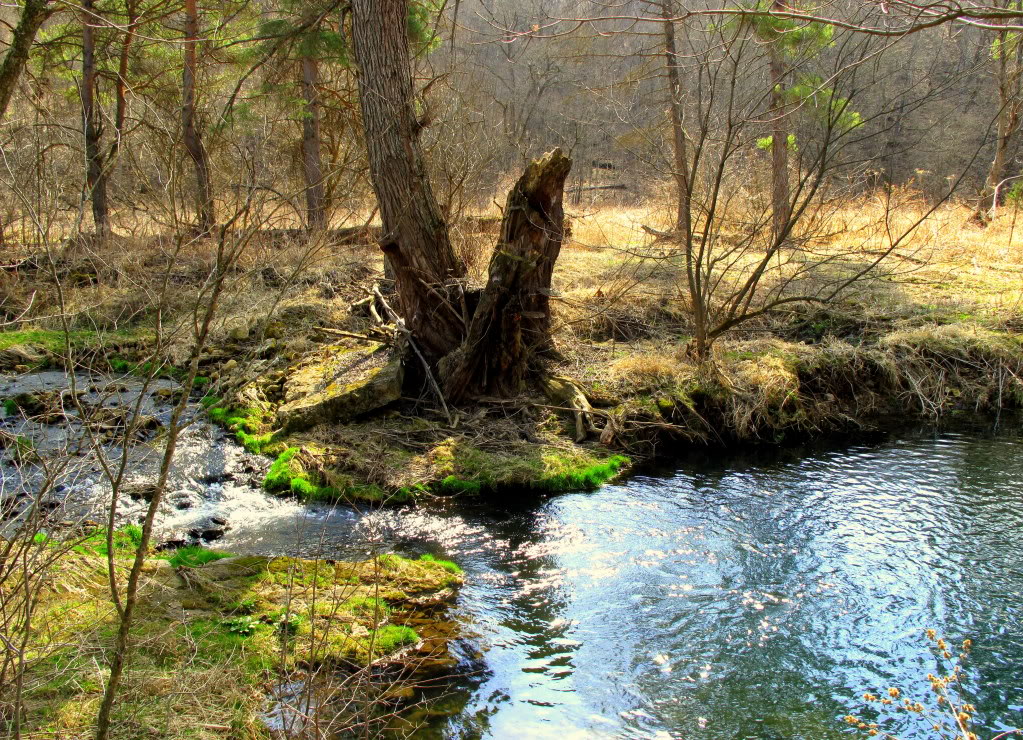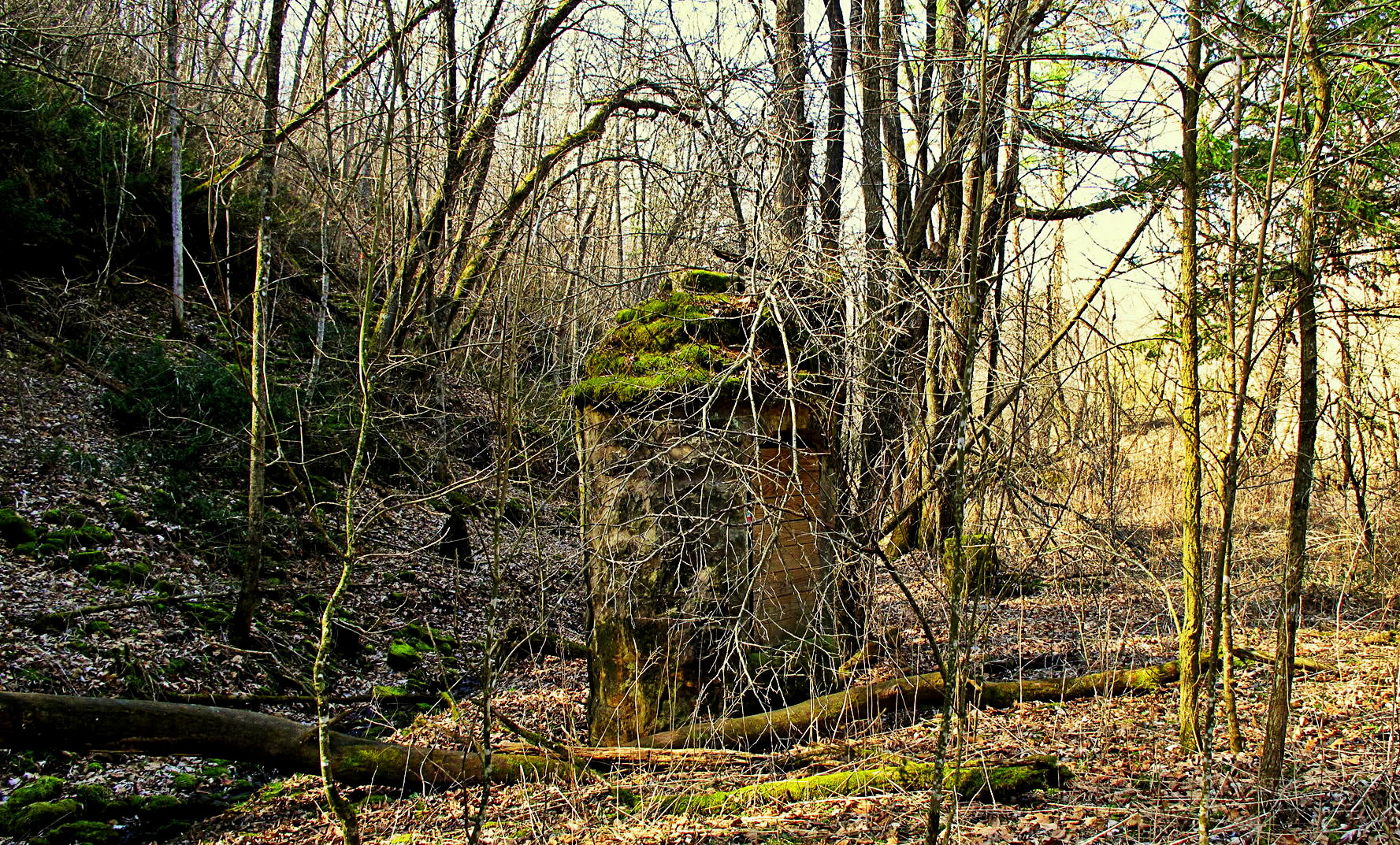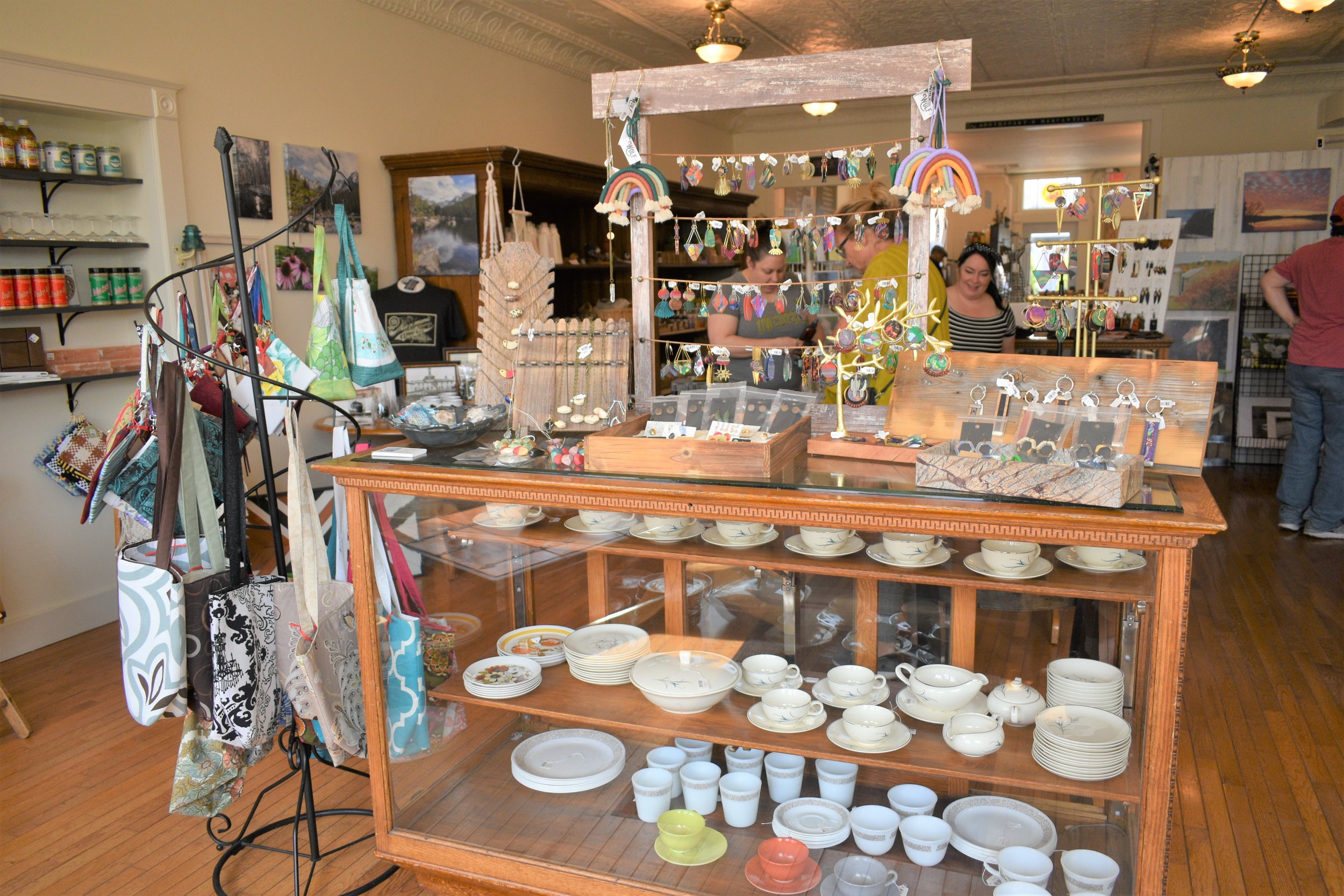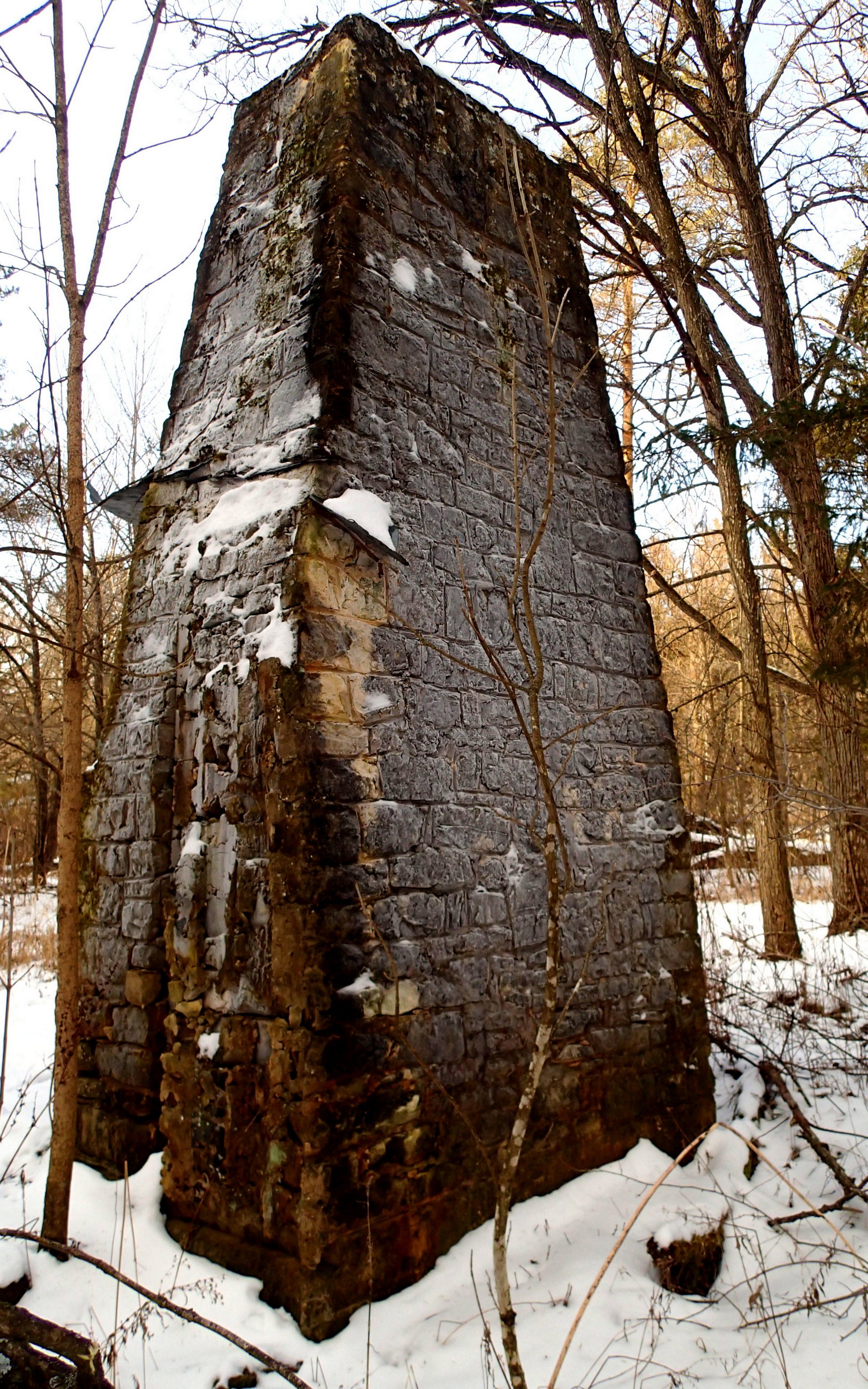All that remains
A couple years back I stumbled on an old abandon homestead way back in the boonies while I was trout fishing. I typically fished this stretch in September and the leaves were still on the trees. This outing was in early season March and the trees were barren and snow was still everywhere. The world looks much different in early March.
The trout stream I fish had a large pool with flat rocks at the top of the pool. I thought the flat rocks looked almost man made like a platform. The stream was shallow and fast coming downstream and then the flat rocks and the hole widened out and deepened. My first thought was the WDNR had done this but after a little examination of the surrounding area this was the only structure and it looked out of place.
I did a 360 look around of the area and saw a structure about 80 yards from the stream. I had fished this stretch numerous times before but the foliage had hidden the structure from me in the past. I walked up to the monolith. It looked very out of place here. There were no roads anywhere near. I tried to guess how old it was. I am not very good with things like that and my guess was just that.
About 50 yards away was another structure. I wasn't sure what it was at first. After I examined it and the surrounding area, I thought it was a smoke house. I had stumbled on an old abandoned homestead. I had fished this area numerous times in the past and not seen it because of the leaves.
The flat rocks on the stream and the large pool below them had to be a bathing and clothing washing area. This place was way remote and had some rock bluffs that cradled the home and its occupants. The discovery piqued my curiosity and I needed to know the history behind these ancient ruins.
I looked at a plat map and found the closest land owners and paid them a visit. They were the caretakers of the place for a family that owned it and camped and deer hunted on the property. The caretakers knew some of the history of the place. Later that year I went to the site when the owners were there deer hunting.
The owners knew I was coming and had a fire in the old open hearth. They were telling deer hunting tails from years past. The history of the old homestead was here there and everywhere. Each person around the fire added a little tidbit to the story. Some of the reporting I suspect was romanticized and embellished through the years but here is what I was told.
The homestead was built in 1918 by a family that moved up to rural Wisconsin from Chicago. There were five grown children in the family and mother and father. All of the family members helped build the hearth and smoke house with rocks and bricks they brought in on wagons.
The folks built on the site because of the boxed draw it offered. They liked the stream nearby but were careful not to build too close to the stream due to spring floods in the area. The stream supplied fresh clean water for drinking and brook trout that they smoked in their smoke house.
A smoke house was a necessity back in those days. There was no electricity and if they wanted to make it through the winter, they need to cure their fish and venison to have it keep through the long harsh Wisconsin winter.
My wife was along with me at this meeting at the open hearth. I remember her saying she could almost smell the hearty meals being cooked and simmered in a big black cast iron pot on the fire from years ago. She admired the stonework and visualized the entire family making the structure almost 100 years ago.
We both asked almost simultaneously the same question. Where was the family that built these structures? This is what we pieced together from the deer hunters and caretaker. It was late September 1918 and a cold snap had hit the area. The father worried that winter was coming early and he didn't have enough smoked meat to hold them through the winter and he needed to go hunting to stock up for winter.
The father was out for five days hunting. He camped and hunted and was bringing back the meat he had harvested during his outing. He walked into the log cabin homestead to find all five of his children and wife bed ridden. They had caught the Spanish Flu while he was gone. The illness was fatal and the entire family died. The dad was the only survivor. He abandoned the homestead in October of 1918 and went out west and was never heard of again.
The Spanish Flu killed about 2 percent of Wisconsin's population that year. The Spanish Flu epidemic was an odd strain. I researched it and it attacked healthy people and because of their better immune systems it affected them even more than the old or sickly.
The homestead was considered toxic by the locals and sat empty for almost five years. It was used for many reasons through the years. It was even a Speak Easy during prohibition for a while. Time caused the cabin to decay and fall down. The stonework and the tale of the family from Chicago is all that remains.
For more of Len’s work visit; https://lenharris.blogspot.com, Small Streams Trout Monsters Club, or www.facebook.com/len.harris
